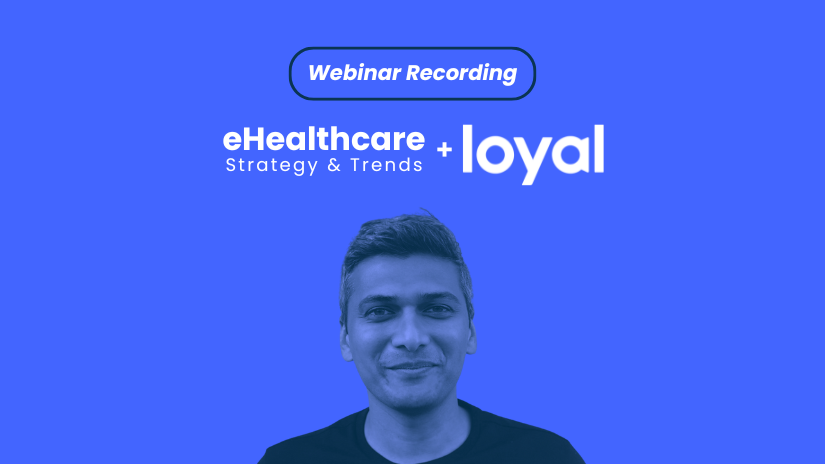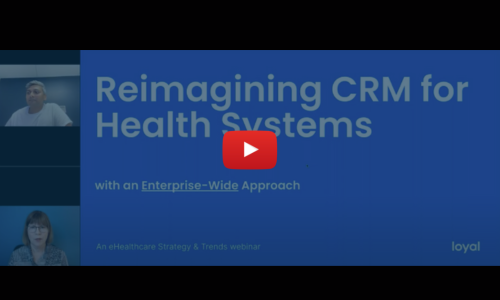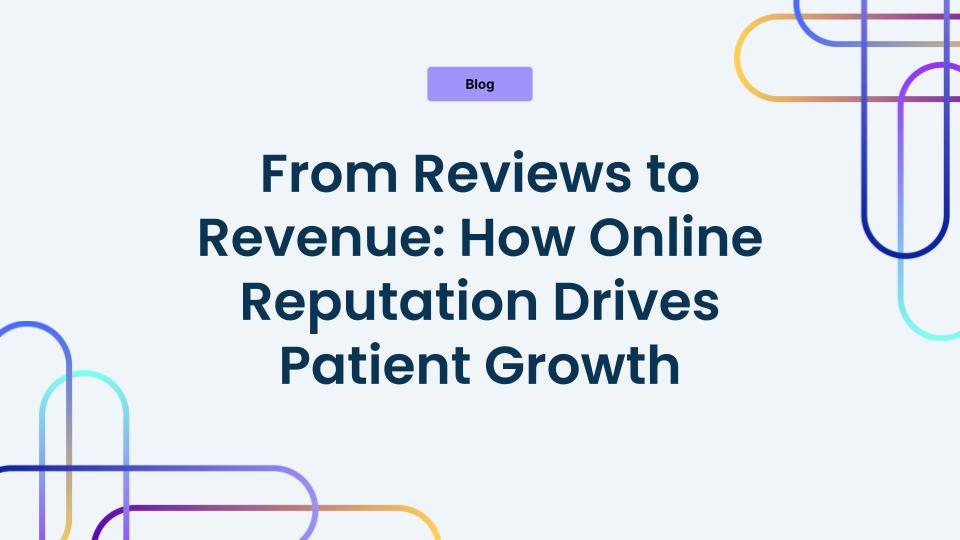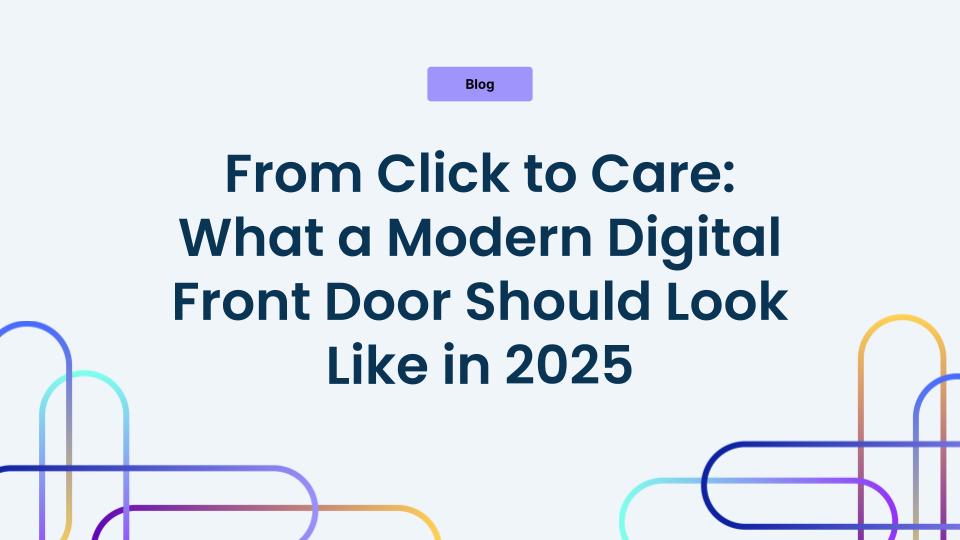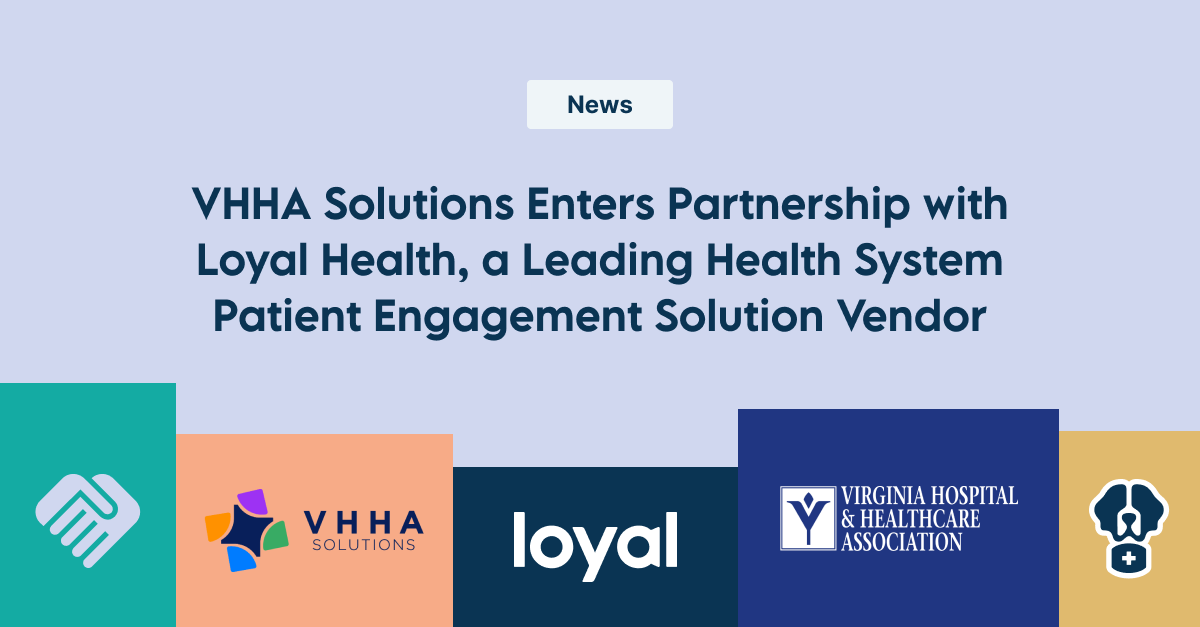Customer Relationship Management (CRM) is evolving, enabling healthcare leaders to synchronize and prioritize high-value communications that drive profitability and support patients on their healthcare journey. If you’re on a plateau between the promise of CRM and the reality, watch this session in partnership with eHealthcare Strategy & Trends, where we will delve into strategies for achieving new heights.
Featuring:
- Abhi Sharma, Chief Product Officer at Loyal
- Jane Weber Brubaker, Executive Editor at Plain-English Media
Key Takeaways:
- Implement a CRM strategy framework
- Build a measurable strategy framework that helps you drive a line back up so that you’re part of the ecosystem rather than a silo-ed operator.
- Health systems and hospitals should streamline their strategies, collaborate with counterparts to establish clear objectives, and then define achievable goals or tactics.
- Choose a CRM that supports FHIR
- Preferably, FHIR is a first-in-class model with multi-source segmentation.
- FHIR extends beyond patient and clinical data.
- It’s important to have the ability to expand or extend the use of FHIR to include other types of data or functionalities as needed.
- For example, wanting to store non-clinical attributes like activities, interests, income, etc.
- Measure what matters
- Health systems and hospitals must associate a patient’s engagement activity to outcomes.
- This can be achieved with our healthcare-specific CRM platform, which provides visibility into a patient’s journey, from campaign engagement to appointments and encounters.
